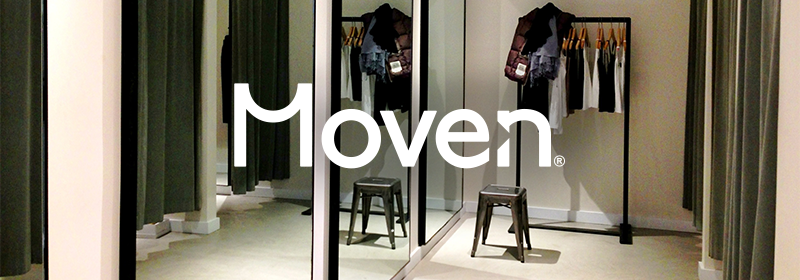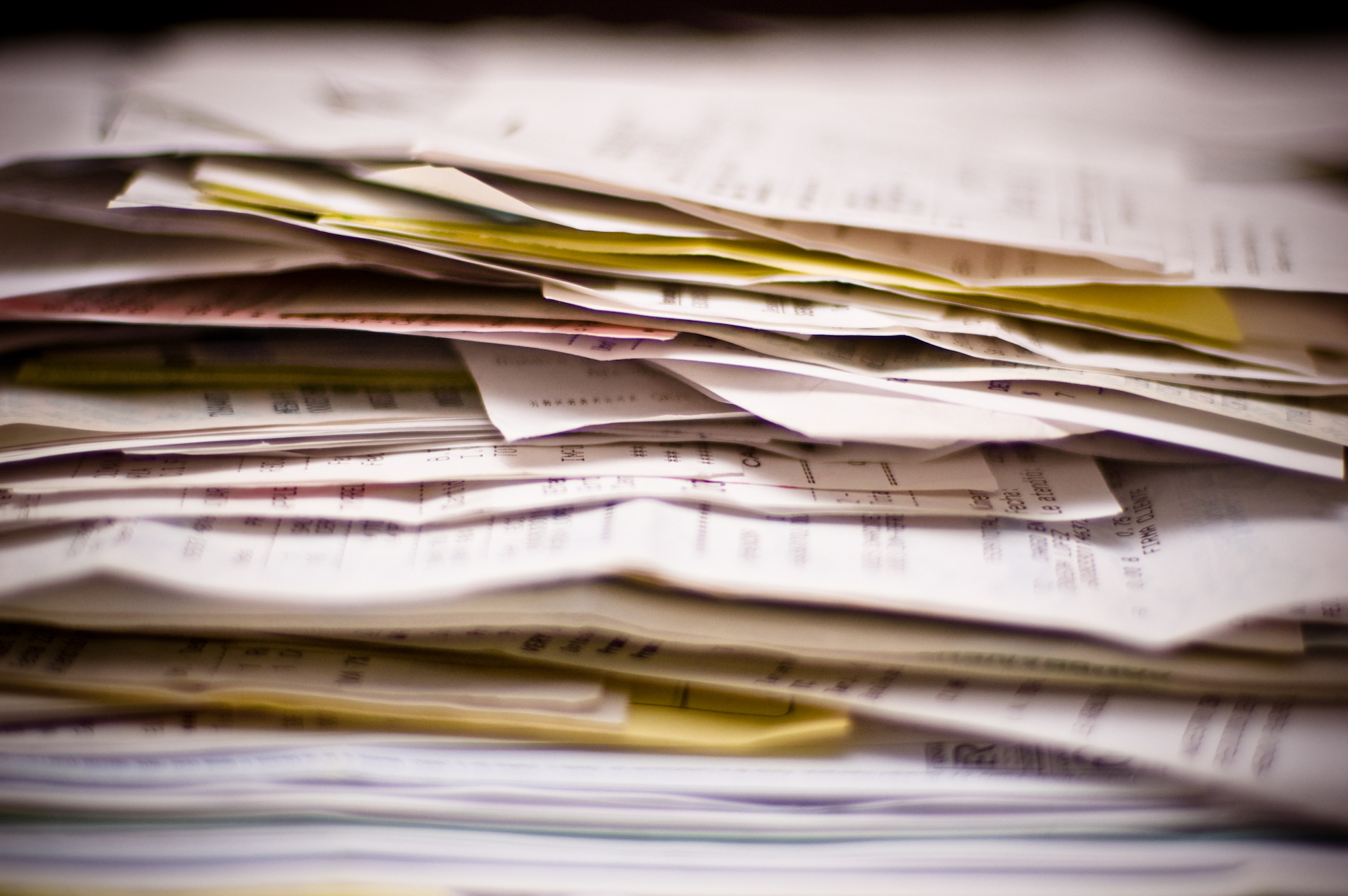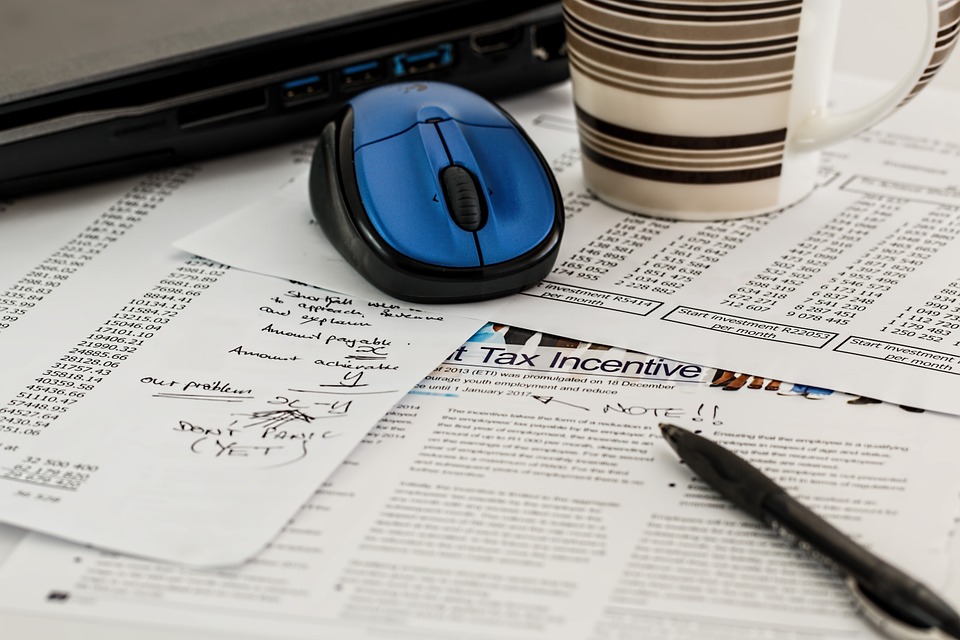Try before buy – It’s everywhere else. Why not banking?
FinancesSaving
For most consumer products the notion of “try before you buy” is commonplace. It’s obvious right? Before I buy a shirt or pair of shoes, I want to try them on and make sure they fit. Before I see a movie, I want to watch the preview. Even with cars, there’s a test drive. But what about banking? Have you ever heard of “trying out” a checking account? Some will say you can visit a branch and get a “feel” for the bank and the service it provides. Really? Do you honestly think that you can get a sense of that without an account? What would you be getting a feel for? The branch teller’s opinion on today’s weather? How many loops in the line before you get to the front of the queue?
The truth is this: banking is one of the rare consumer service industries where there has been NO concept, anywhere in the world, of “try before you buy”. In fact, it’s actually much worse than that. In many cases you have to do significant work before you can even buy a bank product – fill out paper forms, provide sensitive life information, spend precious time waiting in lines. It’s definitely not “try before you buy”, instead it’s more like “buy, work for it, and then try”.
At Moven, we’ve just changed all that.
We offer a spending card and app that work together to help you understand your everyday behaviors so you can build better financial habits and save more. That’s our product and you can indeed “try it before you buy it.” You can download our free app and easily link other spending cards you might already have – a bank debit card, a credit card, a charge card. Then you can see how our app analyzes your spending and provides you with insight into your habits. You can try it out and see how it helps you effortlessly stay on top of how you’re spending and where you’re spending so you can make better spending decisions and know when/how to save. We let you try all of that. If you like it, you can get a Moven card and do “smart banking” with us.
“Try before you buy” for banking… ‘novel concept’ or ‘it’s about time’? You tell us.
Worth your time
- Casino Online Prelievo Immediato
- Best Non Gamstop Casinos
- Non Gamstop Casinos UK
- Gambling Sites Not On Gamstop
- Casino Non Aams Legali
- Casino Sites Not On Gamstop
- Casino Sites UK
- Non Gamstop Casinos UK
- UK Non Gamstop Betting Sites
- Non Gamstop Casino
- UK Casino Not On Gamstop Self-exclusion
- Non Gamstop Casinos UK
- Non Gamstop Casino Sites UK
- Casinos Not On Gamstop
- Non Gamstop Casino UK
- Best Betting Sites UK
- Online Slots Sites UK
- Meilleur Casino En Ligne Avis
- Meilleur Casino En Ligne France
- Casino Not On Gamstop
- Casino Sites Not On Gamstop
- Non Gamstop Casino UK
- Casino Non Aams
- Casinos Not On Gamstop
- Siti Casino
- Casino En Ligne
- Casino Non Aams Sicuri










